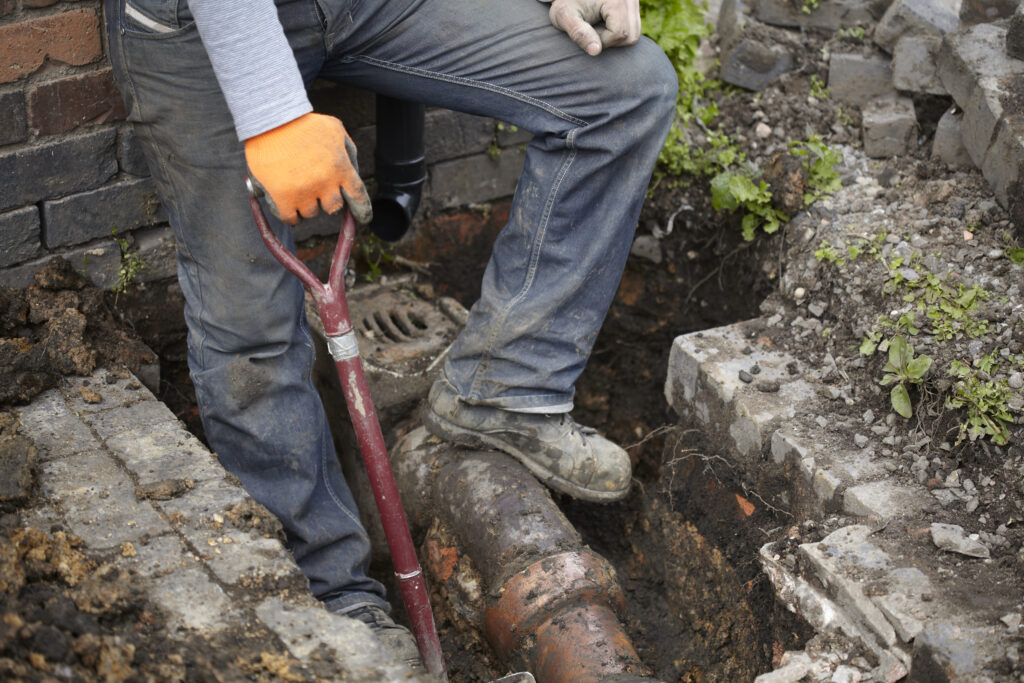Choosing between PEX vs copper pipe can shape the future of your home’s plumbing system. Both materials have unique traits, costs, and benefits. While copper has stood the test of time, PEX is growing in popularity for its flexibility and price. But when it comes to durability, performance, and long-term value—how do you know what’s right for your home?
Let’s break down the pros and cons of PEX and copper pipes for homeowners so you can make an informed choice. Whether you’re building new or renovating, understanding the best plumbing pipes for homes is the first step.
Cost Comparison
Cost is often a driving factor in the PEX vs copper pipe debate. PEX is significantly cheaper—both in material and labor. It can be up to 80% less expensive than copper. On the other hand, copper pipes cost more upfront and require more skill and time for installation.
Advantages of PEX pipes include lower costs and fewer tools needed. If you’re budget-conscious, PEX offers a clear edge.
Installation Flexibility
When it comes to installation, PEX vs copper: Which pipes are better for home plumbing? PEX wins for flexibility. It bends around corners and through tight spaces, reducing the need for fittings.
Copper, however, is rigid. It requires cutting and soldering, which means more time and a higher chance of mistakes or leaks. PEX also allows for DIY installation, while copper almost always requires professional help.
Durability and Longevity
The benefits of copper pipes shine in longevity. Copper pipes can last 50–70 years, while PEX typically lasts 30–50 years. Copper is also less prone to damage from UV rays and rodents.
However, PEX vs copper pipe durability isn’t one-sided. PEX performs better in acidic water and resists scale build-up. It’s also less likely to freeze and burst in cold climates, a surprising win for PEX in colder areas.
Water Quality and Taste
Copper can occasionally give water a metallic taste, especially in older systems. Over time, corrosion may also occur if water pH levels aren’t balanced.
In contrast, PEX is neutral and won’t affect water taste. While both materials are safe for drinking water, those concerned about flavor or leaching may find advantages of PEX pipes in this category.
Noise and Vibration
One downside of copper pipes is the noise—water can hammer through them loudly. PEX offers a quieter solution. Its flexibility helps absorb water movement and vibrations, reducing that annoying banging sound.
So, when evaluating PEX vs copper pipe, sound might be a small but noticeable factor, especially in multi-level homes.
Environmental Impact
Copper mining is energy-intensive and harmful to ecosystems. While copper can be recycled, its extraction leaves a large carbon footprint.
PEX is made from plastic, which raises questions of sustainability, but it requires less energy to manufacture. Some manufacturers are working on making PEX recyclable. From a green perspective, PEX vs copper: Which pipes are better for home plumbing? might still lean toward PEX for now.
Resistance to Freezing
In areas with cold winters, freezing pipes are a major concern. PEX expands slightly and is less likely to burst when frozen. Copper, being rigid, is more likely to crack under pressure.
If you live in a cold climate, this factor alone might help you choose the right pipes for home plumbing with confidence.
Maintenance and Repairs
PEX systems often use a central manifold with shutoff valves for individual fixtures. That makes it easier to isolate and repair problems.
Copper systems typically require shutting off the entire water supply. This adds time, cost, and inconvenience. For minimal disruption and simpler repairs, the advantages of PEX pipes are clear.
Lifespan vs. Investment
Although copper pipes outlast PEX by 20+ years, PEX still offers a long enough lifespan for most homeowners. If you’re planning to move within a few decades, the long-term benefits of copper pipes might not matter as much.
Assess your goals when considering how to choose the right pipes for home plumbing—are you investing for life or a few decades?
Compatibility with Older Systems
If your home already has a copper system, it might be simpler to stick with it for minor repairs. However, PEX adapters are available, and hybrid systems can combine the best of both materials.
In these cases, working with a professional helps determine the ideal balance of PEX vs copper pipe use for long-term performance.
FAQs
Q1: Is PEX pipe safe for drinking water?
Yes, PEX is certified safe for drinking water and doesn’t alter its taste. It resists buildup and is widely approved for use in modern homes.
Q2: Can I replace copper pipes with PEX in my home?
Absolutely. PEX can be used to replace copper in most residential plumbing systems. It’s lighter, more flexible, and often easier to install.
Q3: What lasts longer, PEX or copper?
Copper typically lasts longer—50 to 70 years—compared to PEX, which has a lifespan of 30 to 50 years. However, both offer solid long-term value.
Final Verdict: What’s the Right Choice for You?
Smart Plumbing Starts with Smart Decisions
In the debate of PEX vs copper pipe, both materials bring serious value. If you’re focused on budget, ease of installation, and cold-weather performance, PEX might be the way to go. But if you want a time-tested material with long-term reliability, copper remains a strong contender.
Ultimately, the pros and cons of PEX and copper pipes for homeowners come down to your home’s specific needs. Whether you’re building from scratch or updating your current system, always consider performance, durability, water quality, and cost.
Still unsure? The team at Hale Home Services can walk you through the best solution. Schedule a consultation today and get plumbing that works for you.

